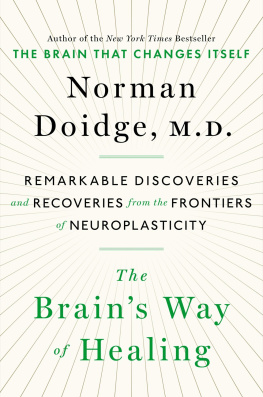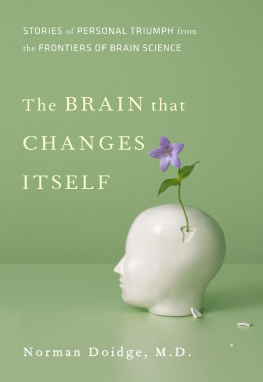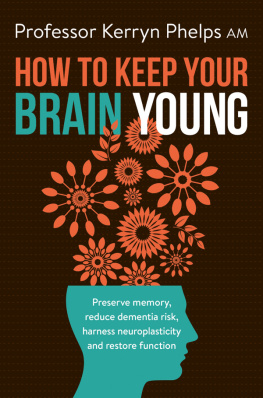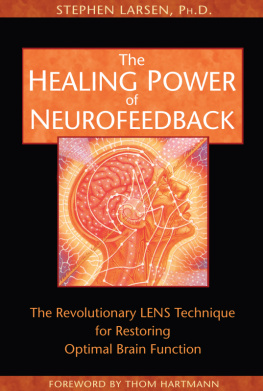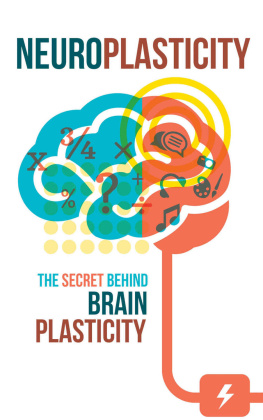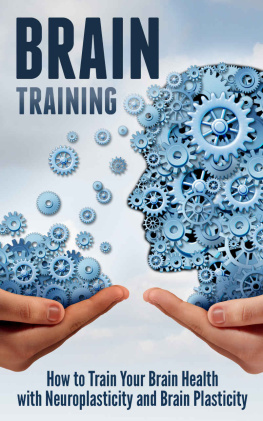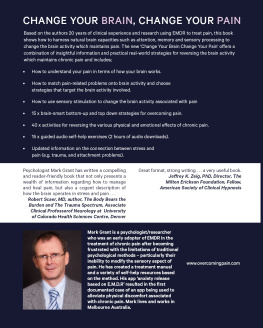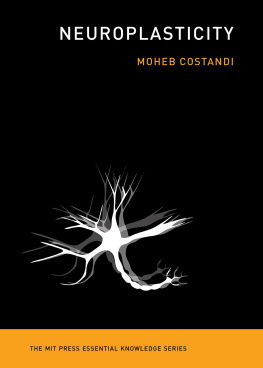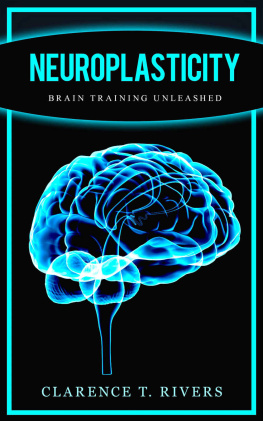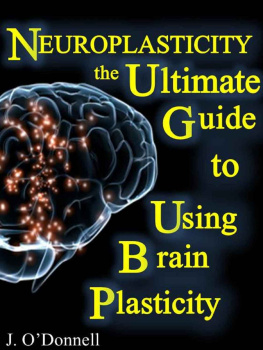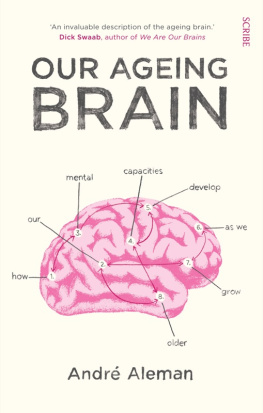A LL OF THE NAMES OF people who have undergone neuroplastic transformations are real, except in the few places indicated, and in the cases of children and their families.
The Notes and References section at the end of the book includes comments on finer points in the chapters.
Preface
T HIS BOOK IS about the discovery that the human brain has its own unique way of healing, and that when it is understood, many brain problems thought to be incurable or irreversible can be improved, often radically, and in a number of cases, as we shall see, cured. I will show how this process of healing grows out of the highly specialized attributes of the brainattributes once thought to be so sophisticated that they came at a cost: that the brain, unlike other organs, could not repair itself or restore lost functions. This book will show that the reverse is true: the brains sophistication provides a way for it to repair itself and to improve its functioning generally.
This book begins where my first book, The Brain That Changes Itself, ended. That book described the most important breakthrough in understanding the brain and its relationship to the mind since the beginning of modern science: the discovery that the brain is neuroplastic. Neuroplasticity is the property of the brain that enables it to change its own structure and functioning in response to activity and mental experience. That book also described many of the first scientists, doctors, and patients to make use of this discovery to bring about astonishing transformations in the brain. Until then, these transformations had been almost inconceivable, because for four hundred years, the mainstream view of the brain was that it could not change; scientists thought the brain was like a glorious machine, with parts, each of which performed a single mental function, in a single location in the brain. If a location was damagedby a stroke or an injury or a diseaseit could not be fixed because machines cannot repair themselves or grow new parts. Scientists also believed the circuits of the brain were unchangeable or hardwired, meaning that people born with mental limitations or learning disorders were in all cases destined to remain so. As the machine metaphor evolved, scientists took to describing the brain as a computer and its structure as hardware and believed the only change that aging hardware undergoes is that it degenerates with use. A machine wears out: use it, and lose it. Thus, attempts by older people to preserve their brains from decline by using mental activity and exercise were seen as a waste of time.
The neuroplasticians, as I called the scientists who demonstrated that the brain is plastic, refuted the doctrine of the unchanging brain. Equipped, for the first time, with the tools to observe the living brains microscopic activities, they showed that it changes as it works. In 2000 the Nobel Prize in Physiology or Medicine was awarded for demonstrating that as learning occurs, the connections among nerve cells increase. The scientist behind that discovery, Eric Kandel, also showed that learning can switch on genes that change neural structure. Hundreds of studies went on to demonstrate that mental activity is not only the product of the brain but also a shaper of it. Neuroplasticity restored the mind to its rightful place in modern medicine and human life.
T HE INTELLECT UAL REVOLUTION DESCR IBED IN The Brain That Changes Itself was the beginning. Now, in this book, I tell of the astounding advances of a second generation of neuroplasticians who, because they did not have the burden of proving the existence of plasticity, have been liberated to devote themselves to understanding and using plasticitys extraordinary power. I have traveled to five continents to meet with themthe scientists, clinicians, and their patientsin order to learn their stories. Some of these scientists work in the cutting-edge neuroscience labs of the Western world; others are clinicians who have applied that science; and still others are clinicians and patients who together stumbled upon neuroplasticity and perfected effective treatment techniques, even before plasticity had been demonstrated in the lab.
One patient after another in this book had been told they would never get better. For decades, the term healing was seldom used in connection with the brain, as it was with other organ systems, such as the skin or the bones or the digestive tract. While organs such as the skin, liver, and blood could repair themselves by replenishing their lost cells using stem cells to function as replacement parts, no such cells were found in the brain, despite decades of searching. Once neurons were lost, no evidence could be found that they were ever replaced. Scientists tried to find ways to explain this in evolutionary terms: in the course of evolving into an organ with millions of highly specialized circuits, the brain simply lost the ability to supply those circuits with replacement parts. Even if neuronal stem cellsbaby neuronswere to be found, how, it was wondered, would they be of any help? How would they ever integrate into the sophisticated but dizzyingly complex circuits of the brain? Because it wasnt thought possible to heal the brain, most treatments used medication to prop up the failing system and decrease symptoms by temporarily changing the chemical balance in the brain. But stop the medication, and the symptoms would return.
It turns out that the brain is not too sophisticated for its own good after all. This book will show that this very sophistication, which involves brain cells being able to constantly communicate electrically with one another, and to form and re-form new connections, moment by moment, is the source of a unique kind of healing. True, in the course of specializing, important reparative abilities, available to other organs, were lost. But others were gained, and they are mostly expressions of the brains plasticity.
E ACH OF THE STORIES IN this book will illustrate a different facet of these neuroplastic ways of healing. The more I immersed myself in these different kinds of healing, the more I began to make distinctions among them and to see that some of the approaches targeted different stages of the healing process. I have proposed (in Chapter 3) a first model of the stages of neuroplastic healing, to help the reader see how they all fit together.
Just as the discoveries of medication and surgery led to therapies to relieve a staggering number of conditions, so does the discovery of neuroplasticity. The reader will find cases, many very detailed, that may be relevant to someone who has, or cares for someone who has experienced, chronic pain, stroke, traumatic brain injury, brain damage, Parkinsons disease, multiple sclerosis, autism, attention deficit disorder, a learning disorder (including dyslexia), a sensory processing disorder, a developmental delay, a part of the brain missing, Down syndrome, or certain kinds of blindness, among others. In some of these conditions, complete cures occur in a majority of patients. In other cases, illnesses that are moderate to severe can sometimes become milder. I shall describe parents who were told that their autistic or brain-damaged children would never complete a normal education, but who saw them do so, graduate, even go to university, become independent, and develop deep friendships. In other situations, an underlying serious illness remains, but its most troubling symptoms are radically reduced. In still others, the risk of getting an illness such as Alzheimers (in which the brains plasticity decreases) is significantly reduced (discussed in Chapters 2 and 4), and ways of increasing plasticity are introduced.

